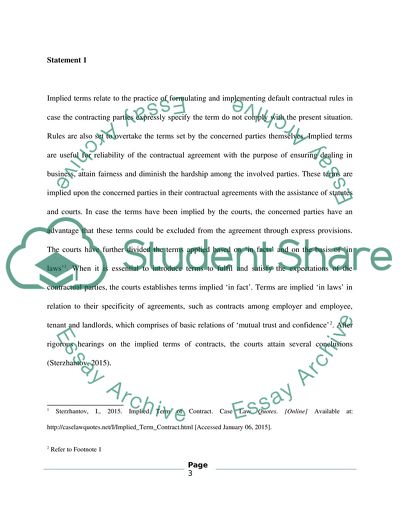Cite this document
(Contract Law and Tort Law Assignment Example | Topics and Well Written Essays - 2750 words, n.d.)
Contract Law and Tort Law Assignment Example | Topics and Well Written Essays - 2750 words. https://studentshare.org/law/1855571-contract-law-and-tort-law
Contract Law and Tort Law Assignment Example | Topics and Well Written Essays - 2750 words. https://studentshare.org/law/1855571-contract-law-and-tort-law
(Contract Law and Tort Law Assignment Example | Topics and Well Written Essays - 2750 Words)
Contract Law and Tort Law Assignment Example | Topics and Well Written Essays - 2750 Words. https://studentshare.org/law/1855571-contract-law-and-tort-law.
Contract Law and Tort Law Assignment Example | Topics and Well Written Essays - 2750 Words. https://studentshare.org/law/1855571-contract-law-and-tort-law.
“Contract Law and Tort Law Assignment Example | Topics and Well Written Essays - 2750 Words”. https://studentshare.org/law/1855571-contract-law-and-tort-law.


